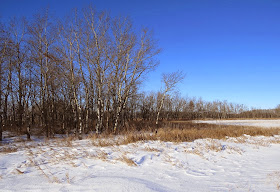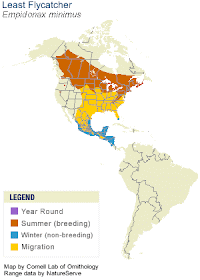I have had two Northern Flickers (Colaptes auratus) coming to my feeders today. One is a Red-shafted female, which is unusual for my area as I live in the eastern prairies. The other flicker is this one.
This is a hybrid or intergrade male, with the grey-crowned head and facial colouring of a Yellow-shafted, but with the red moustache of a Red-shafted (black in a Yellow-shafted)
There's a hint of the Yellow-shafted's red crescent at the nape

And, for the heck of it....flicker tongue!
I heard this fella singing/calling from a neighbour's tree when I went outdoors earlier to fill feeders. Very shortly, the Red-shafted female joined him.
This is a hybrid or intergrade male, with the grey-crowned head and facial colouring of a Yellow-shafted, but with the red moustache of a Red-shafted (black in a Yellow-shafted)
There's a hint of the Yellow-shafted's red crescent at the nape

And, for the heck of it....flicker tongue!
I heard this fella singing/calling from a neighbour's tree when I went outdoors earlier to fill feeders. Very shortly, the Red-shafted female joined him.
















































